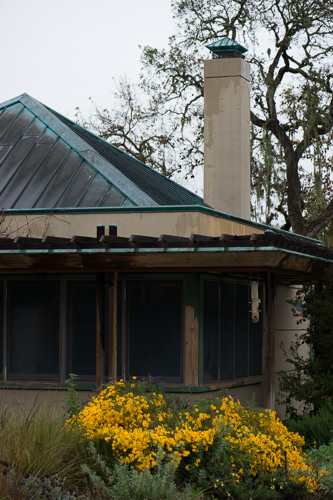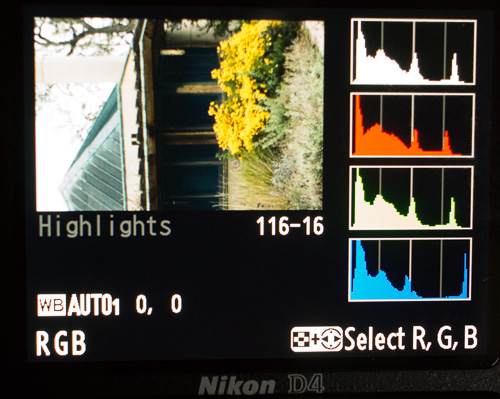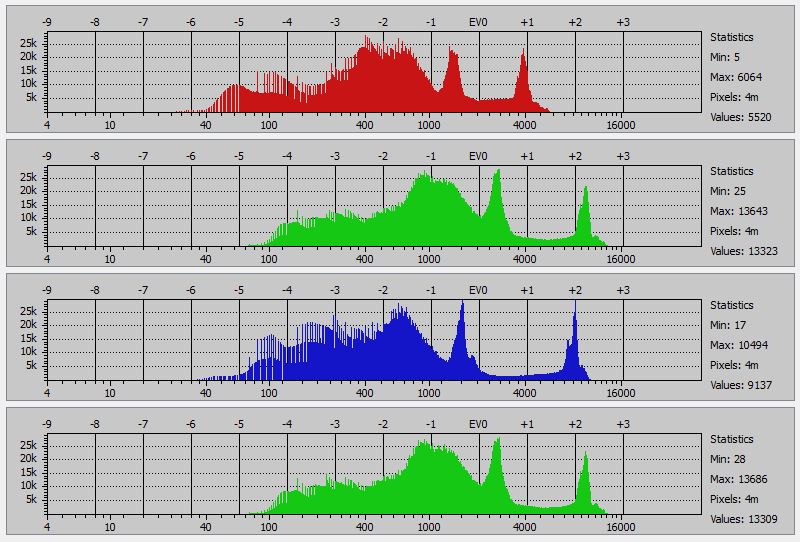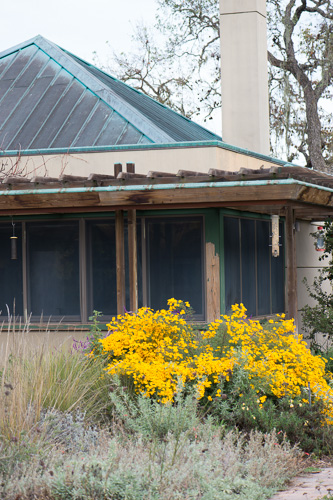In an attempt to find a set of D4 picture settings that made the in-camera histogram look like the true raw histogram, I set the contrast to minimum, the brightness to minimum, and the saturation down one click from standard. It helped, but it wasn’t enough. The test image: The in-camera histogram, used to find… [Read More]
Testing for ETTR, part 3
Now let’s turn things around, and see what we get for a true raw histogram when we set the exposure so that the in-camera histogram is just short of clipping, which occurs at a shutter speed 1 2/3 stops faster than the metered exposure, and a full stop faster than the correct ETTR exposure. The… [Read More]
Testing for ETTR, part 2
In the previous post, we saw that, with standard settings the D4 shows minor clipping in its true raw histogram at the metered exposure for a moderate contrast subject, even though the in-camera histogram looks clipped at that exposure. In this post, I will show what happens when you find the correct ETTR exposure by… [Read More]
Testing for ETTR, part 1
[This is the first in a looong series of posts on the topic. If you want to skip the evolution of my ideas and go right for the conclusions, click here.] Conventional wisdom among camera users, especially if people taking pictures with cellphones count as camera users, is that JPEG is plenty good enough, and… [Read More]
Looking at true raw histograms
If you want to follow along with me as I explore the world of true raw histograms — defined as histograms in the native color space of the sensor — you’re going to need a a program you probably don’t have. The one I suggest is called Rawdigger. Point your web browser here, and download… [Read More]
- « Previous Page
- 1
- …
- 324
- 325
- 326
- 327
- 328
- …
- 382
- Next Page »



